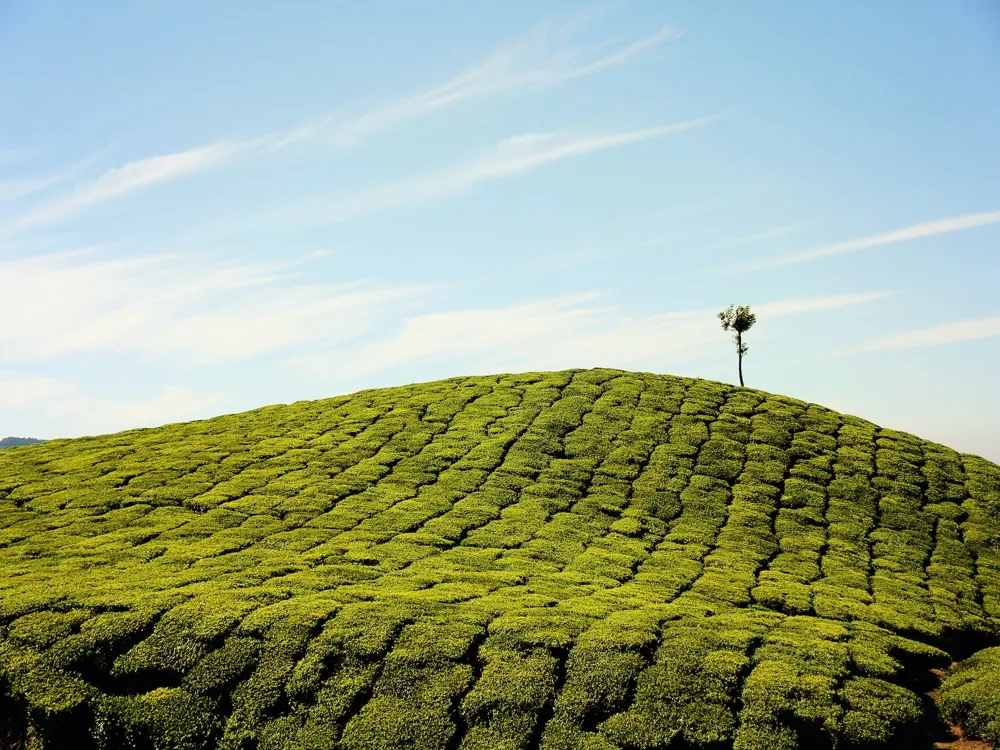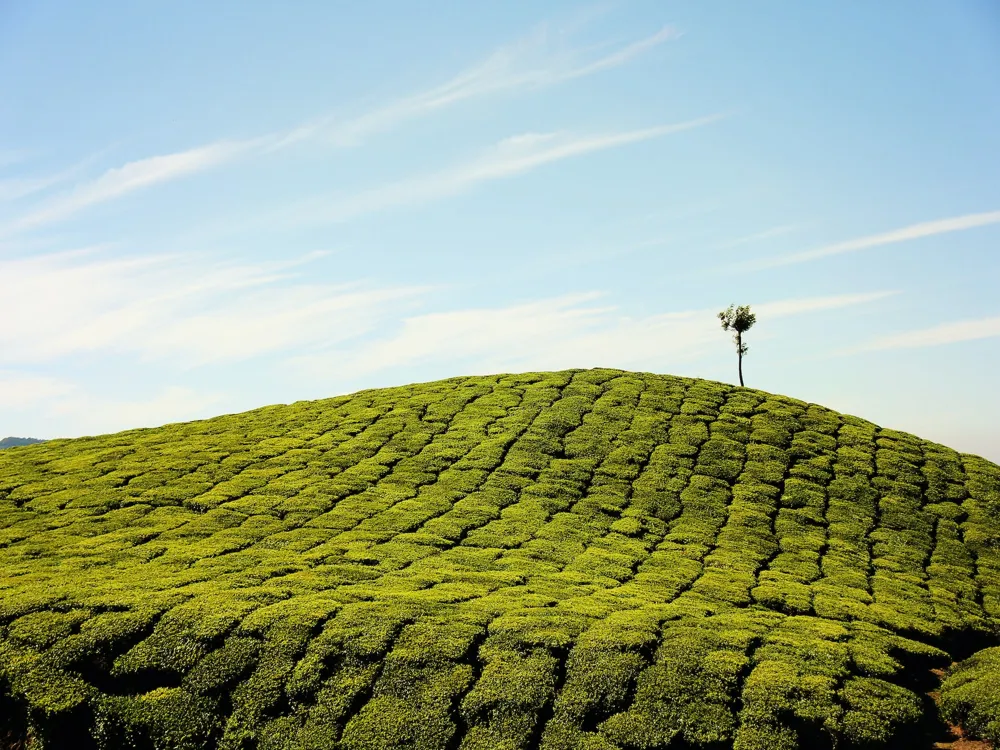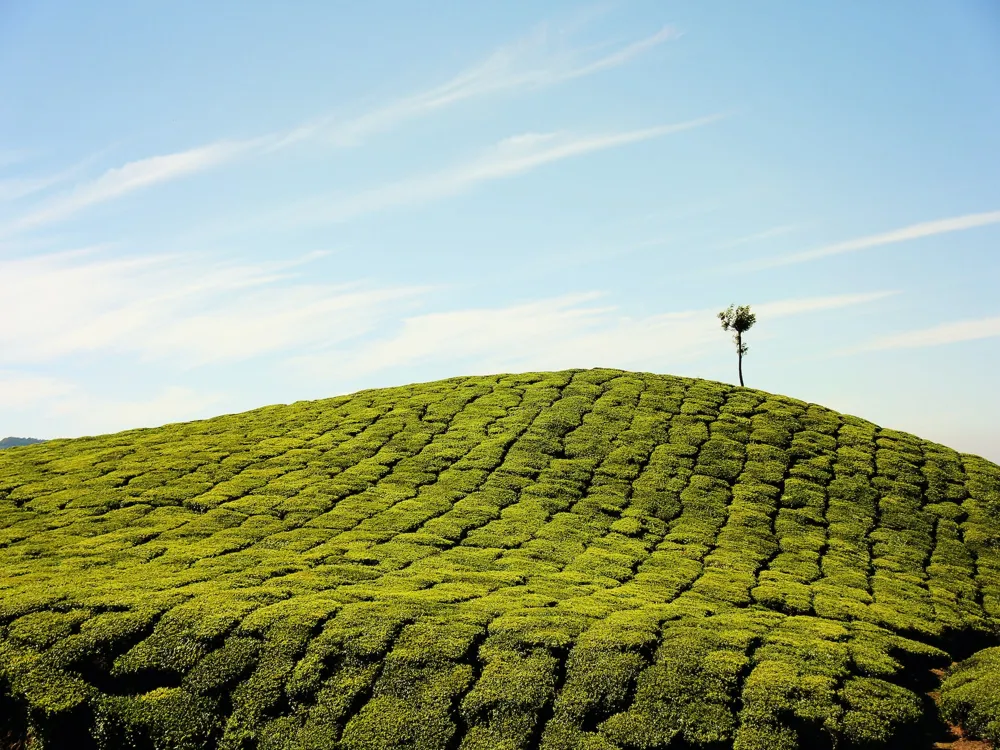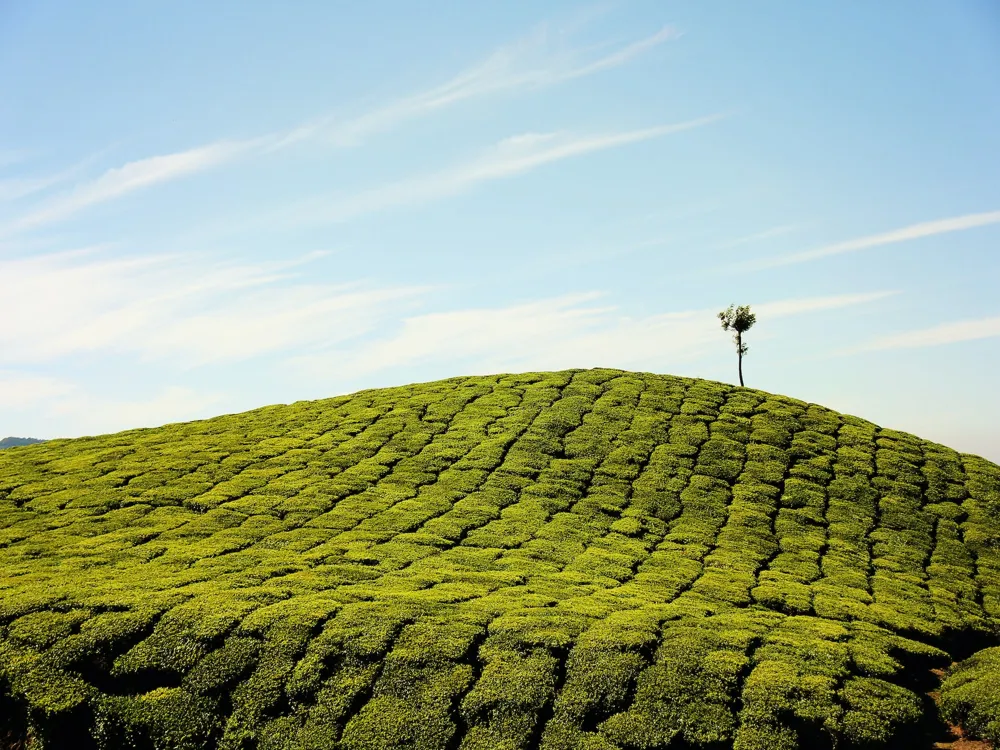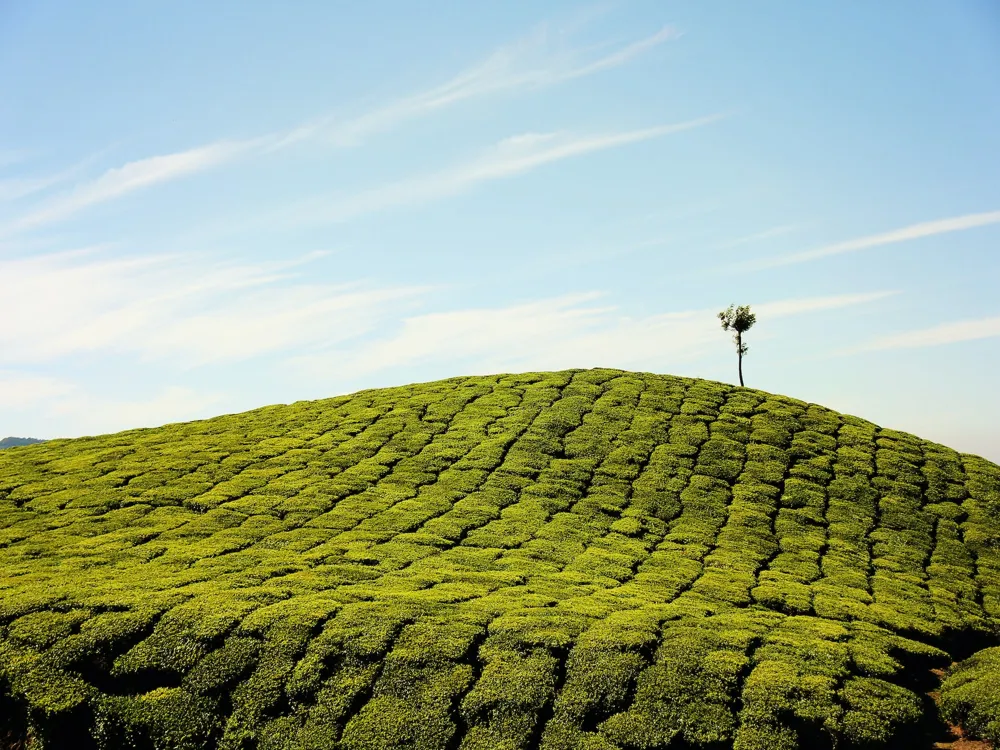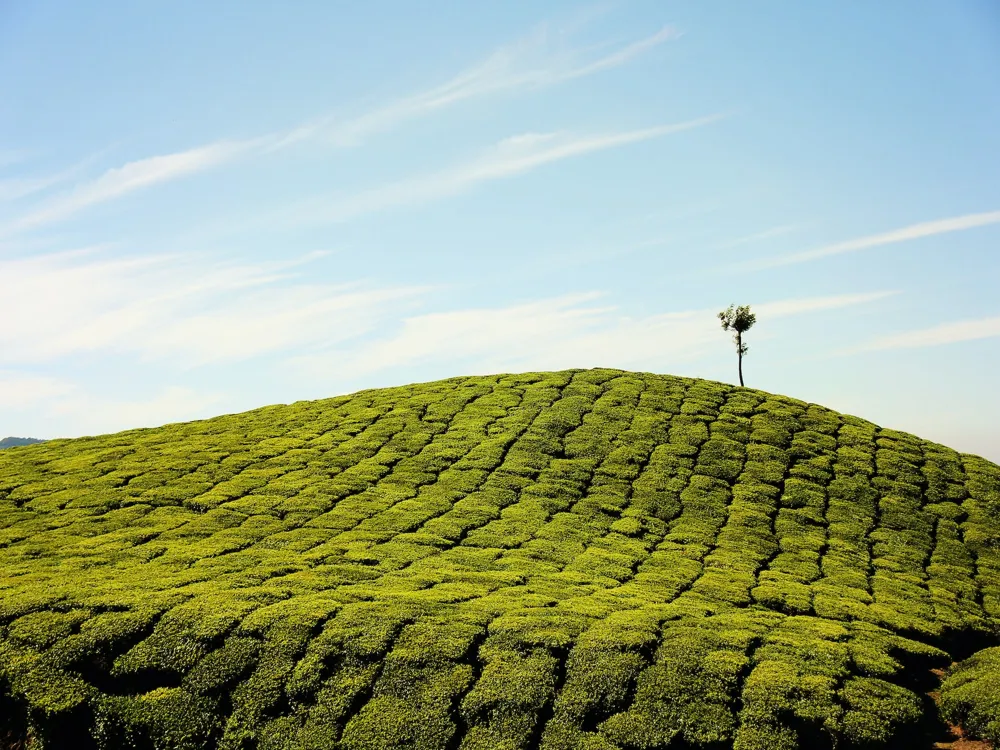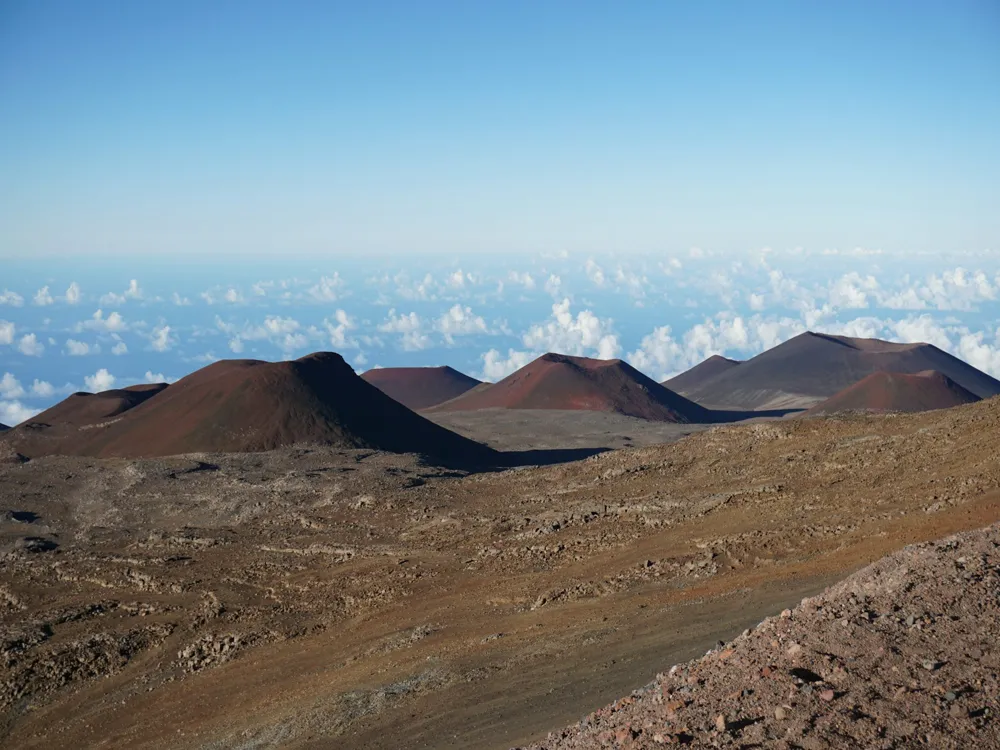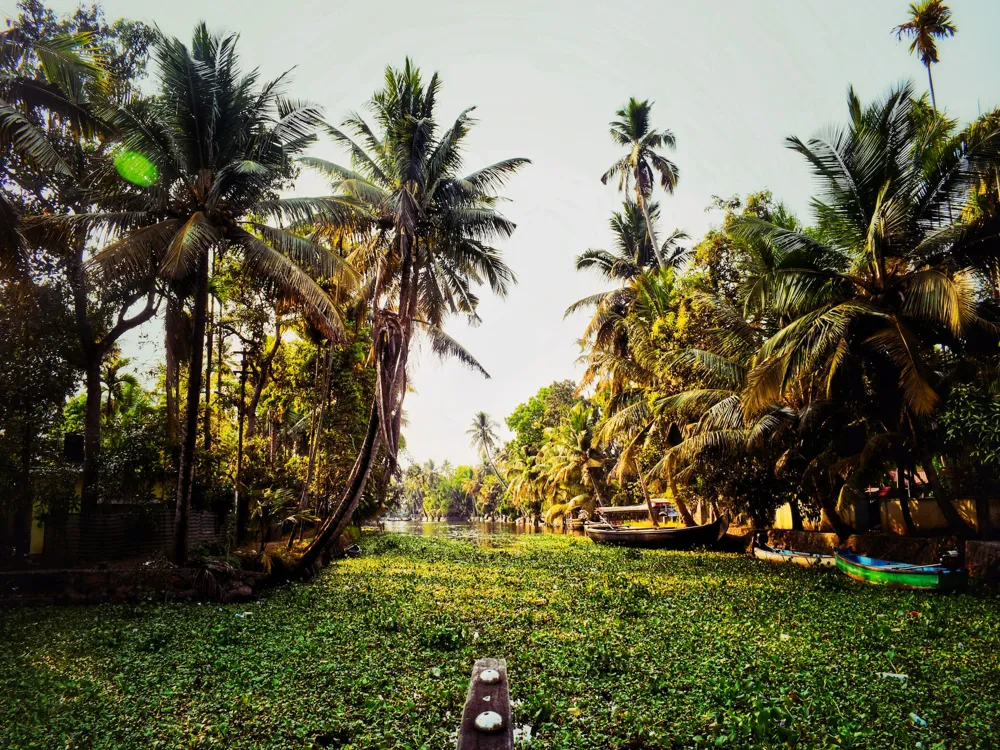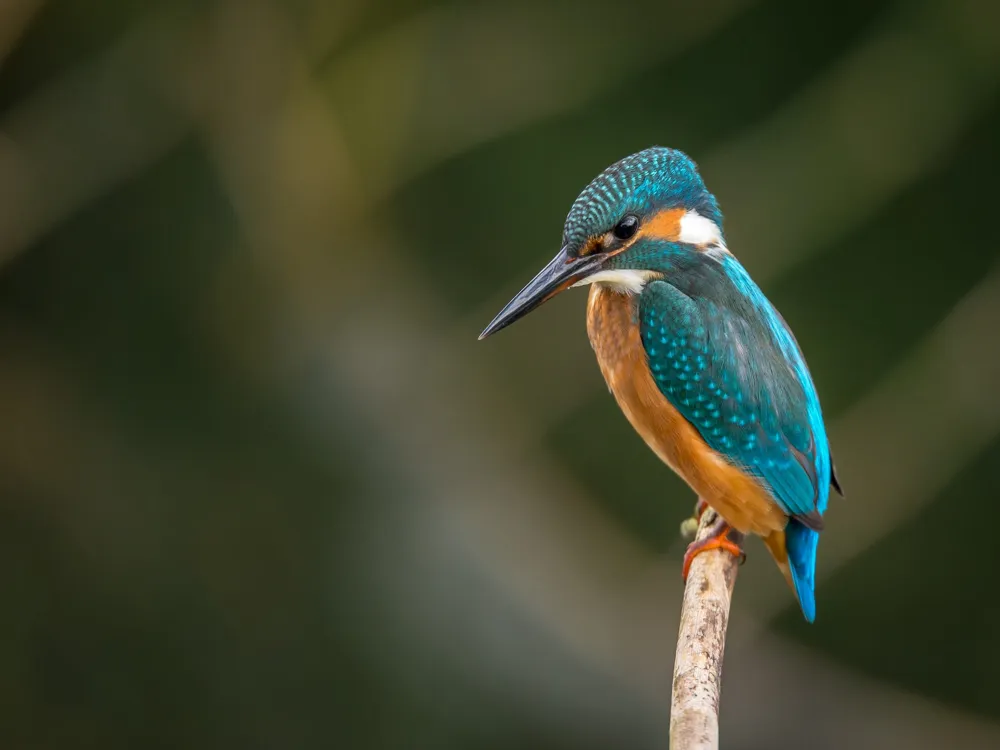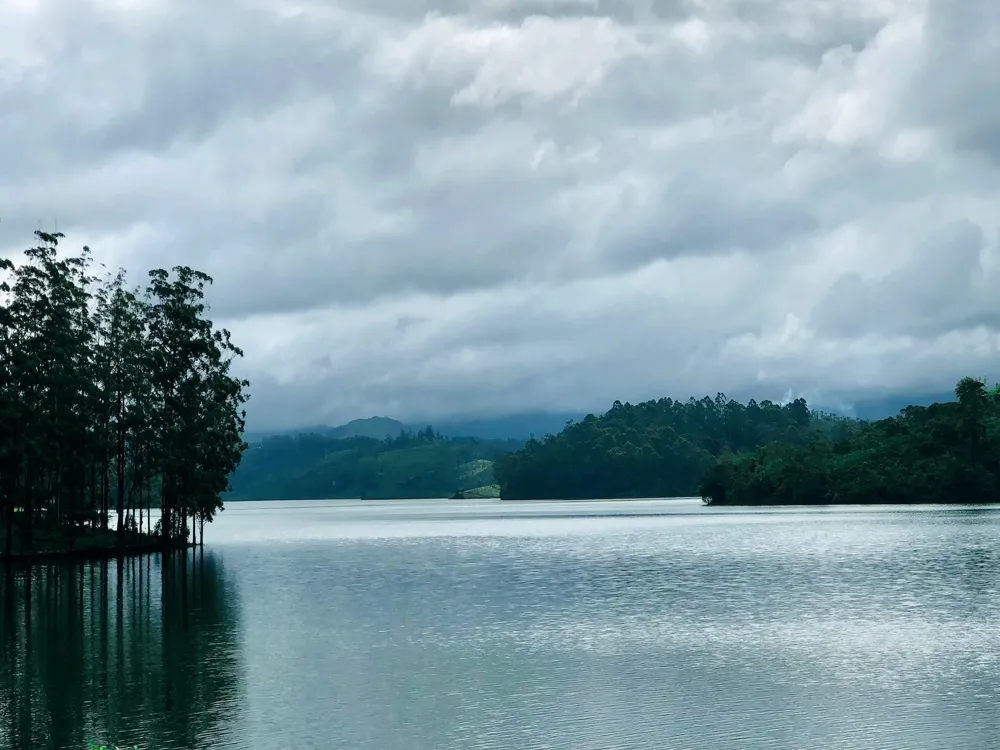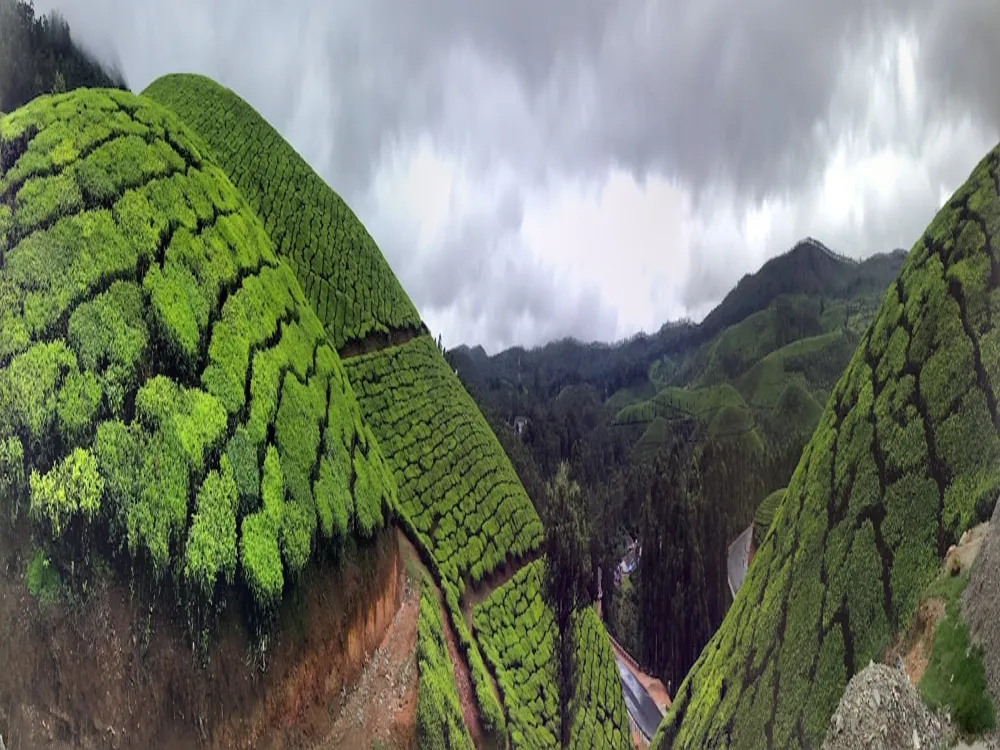Nestled in the verdant hills of Munnar in Kerala, Eravikulam National Park is a jewel of biodiversity and natural beauty. Covering an area of 97 sq km, this park is renowned for its rolling grasslands, shola forests, and rich array of flora and fauna. Established in 1978, it is not only a haven for wildlife enthusiasts but also a vital ecological site, playing a crucial role in the preservation of the endangered Nilgiri Tahr. The park's unique geographical features include the Anamudi Peak, which, at 2,695 meters, is the highest peak in South India. This elevation contributes to a diverse range of ecosystems within the park. The climate here varies from cool grasslands to misty shola forests, creating a haven for a variety of species. This range of habitats supports a rich biodiversity, including over 120 species of birds, 26 species of mammals, and an impressive array of butterflies and other insects. One of the park's most significant roles is as a protective area for the Nilgiri Tahr, an endangered mountain goat species. The park has the largest viable population of this species, making it a critical area for their conservation. Alongside the Tahr, visitors may also spot other wildlife such as leopards, Indian bison, langurs, and an array of bird species like the black-and-orange flycatcher, Nilgiri pipit, and Kerala laughingthrush. The flora of Eravikulam is equally spectacular, with a vast array of plant species, including rare and endemic varieties. The park is a botanist's paradise, with its diverse array of orchids, balsams, ferns, and medicinal plants. The blooming of the Neelakurinji, a flower that blooms only once every 12 years, covering the hills in a carpet of blue, is a sight to behold and attracts tourists from all over the world. The park's management focuses on sustainable tourism, ensuring that the influx of visitors does not disturb the delicate ecological balance. Various eco-tourism initiatives are in place, including guided tours, nature walks, and educational programs, which not only enhance visitor experience but also promote awareness and conservation efforts. The architecture of Eravikulam National Park is a harmonious blend of natural and man-made structures, designed to minimize the impact on the environment while providing necessary facilities for conservation and tourism. The park's infrastructure has been developed keeping in mind the ecological sensitivity of the region and the need for sustainable tourism. The visitor's center at the park entrance is a model of eco-friendly construction. Built using local materials and traditional methods, it blends seamlessly into the surrounding landscape. The center provides information about the park's biodiversity, conservation efforts, and guidelines for visitors, ensuring a low-impact, high-awareness tourist experience. Inside the park, the pathways and viewing platforms are carefully designed to allow visitors to enjoy the park's beauty without disturbing its natural habitat. These structures are often made of wood or other natural materials, following the contours of the landscape to reduce their visual impact. The park's signage and information boards are strategically placed to provide valuable information while maintaining the aesthetic integrity of the environment. In terms of wildlife management, the park employs a range of innovative architectural solutions. These include animal observation hides, research stations, and anti-poaching camps, all designed to blend with the natural surroundings. The park's management also uses modern technology, such as GIS mapping and remote sensing, to monitor and manage the ecosystem effectively. The accommodation facilities for visitors, although limited within the park to minimize impact, are designed with sustainability in mind. Eco-lodges and campsites located in the vicinity of the park offer environmentally-friendly options for overnight stays, often using solar power, rainwater harvesting, and other green technologies. Research the park's timings, entry fees, and any seasonal closures. It's best to visit during the dry season for clearer views and easier wildlife spotting. Maintain a safe distance from animals, avoid feeding them, and be silent to not disturb them. Remember, you are in their home. Wear comfortable, weather-appropriate clothing and sturdy shoes. The park's terrain can be rugged, and the weather can change quickly. For your safety and to protect the park's ecosystems, always stay on marked trails and follow park guidelines. Bring water, snacks, a hat, sunscreen, and a camera. However, make sure to take back all your trash to keep the park clean. The weather can be unpredictable, so carry rain gear and layers to adjust to changing conditions. Eravikulam National Park is easily accessible from Munnar, which is well-connected by road to major cities in Kerala and Tamil Nadu. The nearest airport is Cochin International Airport, about 150 km away. From there, one can hire a taxi or take a bus to Munnar. The nearest railway stations are Aluva (120 km), Ernakulam (130 km), and Madurai (142 km). From these stations, taxis and buses are available to Munnar. Once in Munnar, local taxis or buses can be used to reach the park, which is about 15 km away. Read More:Overview of Eravikulam National Park, Munnar, Kerala
Architecture of Eravikulam National Park
Tips When Visiting Eravikulam National Park
Plan Your Visit
Respect the Wildlife
Dress Appropriately
Stay on Designated Paths
Carry Essentials
Be Prepared for the Weather
How To Reach Eravikulam National Park
Eravikulam National Park
Munnar
Kerala
₹ 10,000 onwards
View munnar Packages
Weather :
Label : Must Visit
Tags : National Park
Timings : 7:30 AM - 4:30 PM
Closed February - March
Time Required : 4-5 hours
Entry Fee : Indian: INR 90 (Adult), INR 65 (Children)
Foreign Nationals: INR 360
Reservation fee: INR 50 (Reservation counter 9:00 AM - 3:00 PM at Information centre, Munnar)
Planning a Trip? Ask Your Question
Also Refered As:
Rajamalai National park
Munnar Travel Packages
View All Packages For Munnar
Top Hotel Collections for Munnar

Private Pool

Luxury Hotels

5-Star Hotels

Pet Friendly
Top Hotels Near Munnar
Other Top Ranking Places In Munnar
View All Places To Visit In munnar
View munnar Packages
Weather :
Label : Must Visit
Tags : National Park
Timings : 7:30 AM - 4:30 PM
Closed February - March
Time Required : 4-5 hours
Entry Fee : Indian: INR 90 (Adult), INR 65 (Children)
Foreign Nationals: INR 360
Reservation fee: INR 50 (Reservation counter 9:00 AM - 3:00 PM at Information centre, Munnar)
Planning a Trip? Ask Your Question
Also Refered As:
Rajamalai National park
Munnar Travel Packages
View All Packages For Munnar
Top Hotel Collections for Munnar

Private Pool

Luxury Hotels

5-Star Hotels

Pet Friendly







